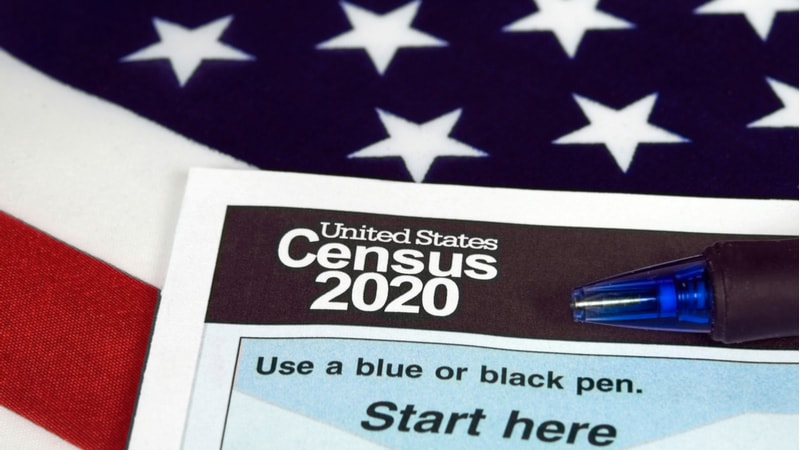
In August, the Census Bureau announced that it would be delivering appointment data by the statutory deadline of December 31, 2020, despite the COVID-19 pandemic causing delays. Compressed timeframes, according to the Government Accountability Office (GAO), could present challenges to monitoring ongoing IT risks, among other issues.
GAO highlighted that as the Bureau faces compressed timeframes, untested procedures, and public safety challenges, it must focus on the following to provide a complete and accurate census:
- It must hire and retain enough staff to follow up with those who haven’t responded to the census;
- Ensure public safety through social distancing and use of personal protective equipment;
- Monitor IT system risks; and
- Evaluate the impact of changes on the quality of the census.
“On August 3, the Bureau announced it would accelerate completion of its data collection and data processing operations to deliver the apportionment counts by the statutory deadline of December 31, 2020,” GAO wrote. “To do so, the Bureau announced it would end all data collection operations by September 30, reducing the amount of time the Bureau has to complete its nonresponse follow-up (NRFU) operation. GAO and the Bureau have previously identified late design changes as a risk to a complete and accurate count.”
To conduct the census, the Bureau is using 52 IT systems which the agency must continually assess for risks in implementing these systems. Additionally, the Bureau is using 435,000 mobile devices to collect personally identifiable information from households that didn’t self-respond to the survey.
To address issues in data quality and coverage, the Bureau has internally set up working groups. With delays in data collection, public reluctance to participate in door-to-door interviews, and the compressed timeframes for data collection and processing, the accuracy, completeness, and quality of count could be affected, GAO said.
Over the past decade, GAO has made 112 recommendations for the 2020 Census to address risks and concerns for the survey as new innovations and acquisitions and development of IT systems raised concerns over the agency’s ability to conduct a cost-effective enumeration. Thus far, 90 of the recommendations have been put in place by the Department of Commerce, which oversees the Bureau, with GAO closing one that Commerce did not implement. As of August 2020, 21 of the recommendations have yet to be fully implemented, with 10 of those designated as priority recommendations.
